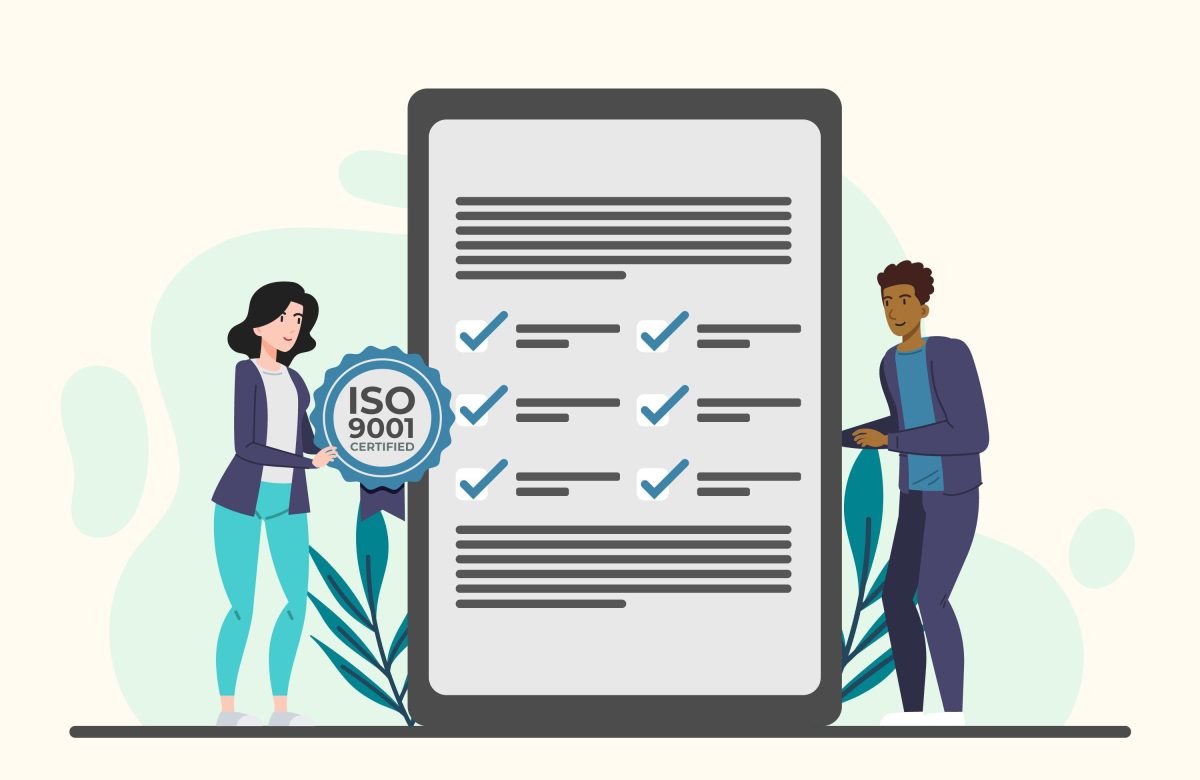How to build a successful employee development strategy

In the fast-paced and ever-evolving world of business, one constant remains: the importance of a well-crafted employee development strategy. A successful strategy not only fosters individual growth but also propels the organization toward its goals. In this blog, we will delve into the key components of building an effective employee development strategy that cultivates a skilled, motivated, and engaged workforce.
1. Understanding the Importance of Employee Development
Employee development is more than just a buzzword; it’s a pivotal factor in driving organizational success. A well-developed workforce is better equipped to adapt to change, innovate, and contribute to the company’s overall growth. By investing in your employee’s professional growth, you demonstrate commitment to their well-being, which can lead to increased job satisfaction and retention rates.
2. Aligning with Organizational Goals
Before embarking on the journey of creating an employee development strategy, it’s crucial to align it with the company’s goals and vision. Identify the skills and competencies that are required to advance these objectives. Whether it’s fostering leadership capabilities, enhancing technical expertise, or improving cross-functional collaboration, the strategy should address specific organizational needs.
3. Conducting a Skills Gap Analysis
To create a tailored employee development strategy, you need to identify the existing skills and competencies within your workforce and compare them to the skills required for current and future roles. A comprehensive skills gap analysis enables you to pinpoint areas that need improvement and tailor your training programs accordingly. This analysis can involve surveys, interviews, performance assessments, and benchmarking against industry standards.
4. Designing Targeted Training Programs
Once the skills gap analysis is complete, design training programs that address the identified gaps. These programs can include workshops, seminars, online courses, mentorship initiatives, and more. Remember that a diverse range of learning methods accommodates different learning styles and preferences. Offering both formal and informal learning opportunities can enhance the effectiveness of your strategy.
5. Encouraging a Culture of Continuous Learning
Successful employee development isn’t a one-time event; it’s an ongoing process. Foster a culture of continuous learning by encouraging employees to take ownership of their professional growth. This can be achieved by providing resources like online learning platforms, access to industry conferences, and encouraging self-directed learning initiatives.
6. Providing Opportunities for Skill Application
Learning by doing is a powerful way to solidify new skills. Incorporate opportunities for employees to apply what they’ve learned in real-world scenarios. This could involve cross-functional projects, stretch assignments, or even allowing employees to take on temporary roles in different departments to gain a holistic view of the organization.
7. Tailoring Development Plans to Individual Needs
Recognize that each employee has unique strengths, weaknesses, and career aspirations. Design individualized development plans that consider these factors. Regular one-on-one discussions between managers and employees can help identify goals, track progress, and make necessary adjustments to the plan.
8. Fostering Mentorship and Coaching
Mentorship and coaching programs are invaluable in an employee development strategy. Experienced employees can provide guidance, insights, and real-world advice to their less experienced colleagues. Implement formal mentorship programs or create a culture where employees are encouraged to seek guidance from others.
9. Measuring and Evaluating Progress
As with any strategy, measurement is key to success. Define key performance indicators (KPIs) that align with the objectives of your employee development strategy. Regularly assess and evaluate the progress of individual employees, teams, and the overall organization. This could involve tracking metrics such as skills improvement, job performance, employee engagement, and retention rates.
10. Adapting to Changing Needs
The business landscape is dynamic, and your employee development strategy should be flexible enough to adapt to changing needs. Regularly review and update your strategy based on feedback, changing market trends, and technological advancements. This adaptability ensures that your workforce remains equipped with the skills required to drive the company forward.
Conclusion
In conclusion, a successful employee development strategy is a multifaceted approach that aligns with organizational goals, addresses skills gaps, fosters continuous learning, and empowers employees to reach their full potential. By investing in your workforce’s growth, you create a positive cycle where motivated and skilled employees contribute to the organization’s success, leading to increased engagement, job satisfaction, and ultimately, improved business outcomes. Remember that building and implementing such a strategy is an ongoing journey, but the rewards in terms of employee satisfaction and organizational growth make the effort worthwhile.




